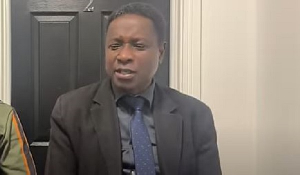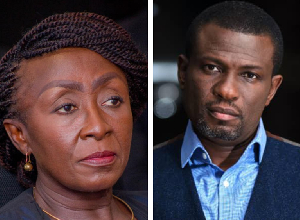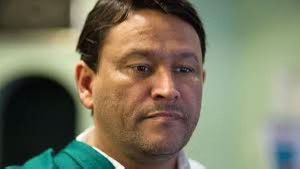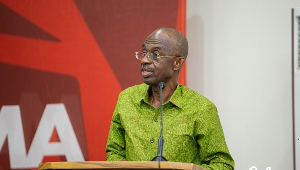Participants at the end of a two-day conference on Management of Ghana's Archaeology and Heritage Sites have called for a comprehensive data base to guide the management and preservation of those important historical events.
The conference, the second to be organised by the University of Ghana's Department of Archaeology and Heritage Studies, in collaboration with the Ghana Museums and Monuments Board, discussed ways of harnessing Ghana's heritage resources for sustainable development.
Participants included scientists, researchers, archaeologists and heritage experts as well as students of the University of Ghana.
They, therefore, advocated strongly for an effective and sustainable national policy and legislation to protect those rare national monuments, especially against encroachment from the mining and construction sectors, real estate developers and illegal export and sale of rare artifacts to foreigners.
They further agreed on the urgent need to redirect actions and choices regarding investment and funding to make the country's heritage sector attractive to both the indigents and tourists in order to generate more revenue for the country.
Dr Isaac K. Arther, a Researcher at the Department of Geography and Research Development of the University of Ghana, said exploring new approaches in the modification of Ghana's heritage was critical for improved tourism revenue and economic development of rural communities in which those attractions were located.
He said the over concentration on known heritage sites had become monotonous and boring for most Ghanaians and tourists who always expected diversity.
Mr Samuel Nkumbaan, also a Researcher with the Archaeology and Heritage Studies Department of the University, said if harnessed effectively, archaeology could become a new partner for Ghana's sustainable tourism development.
He said even though tourism had become the fastest growing global industry, Ghana had not taken full advantage of the phenomena and realised its full potential, but had been content with the few discoveries and environmental sites like the Kakum National Park, the Water Falls and the hospitality industry.
Mr Nkumbaan said archaeology played a bigger role in education regarding lost civilization as it provided insight, explanations and understanding to present phenomena and served as an important torch to those in the Diaspora.
Archaeology is a multi-dimensional sector that could provide advice for cultural and product branding and proper packaging of products including food and services for maximum gains, he said.
He said the Department had been instrumental in developing both local and international partnerships to ensure that much of the abandoned rich heritage sites like the Krobo Mountain, the Techiman heritage site and Koma Land were saved from total destruction.
Nana Nyarkua Ocran, Director of Education, Ghana Museums and Monuments Board, said the "Donkonsu" (Assin Manso Slave River ) be made a national heritage site considering its rich historic background as the final resting and refreshing place before the slaves were transported to the various castles for shipment.
She said this decision would not only protect the critical historical river from the activities of polluters but also help to generate jobs and revenue for both the state and the local communities through active participation of tourists.
She pledged the Board's commitment towards partnerships and collaborations to ensure shared ownership, improve maintenance of existing heritage sites, elimination of tussles that often generated among traditional authorities regarding ownership of those monuments and addressing issues of misconceptions and twisted cultures through public education.
The conference, which took the form of panel discussions, looked at topics such as Cultural Resource Management and Economic Development, Ghana's Heritage Landscape and the Creative Arts, Archaeology and Community Engagement as well as Heritage Marketing and Commodification in Ghana.
The panel members, in various instances, used case studies from some selected heritage and monument sites in the country and looked at existing cultures such as indigenous music, dance, linguistics and creative art works that were currently being left to die off.
Regional News of Sunday, 15 September 2013
Source: GNA
















